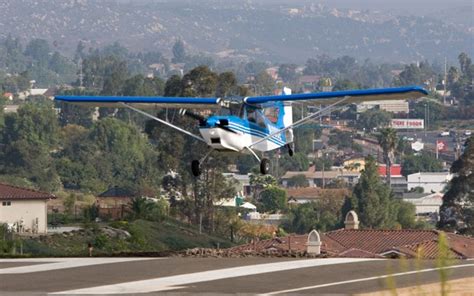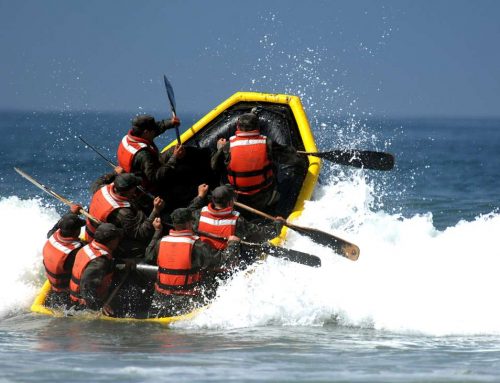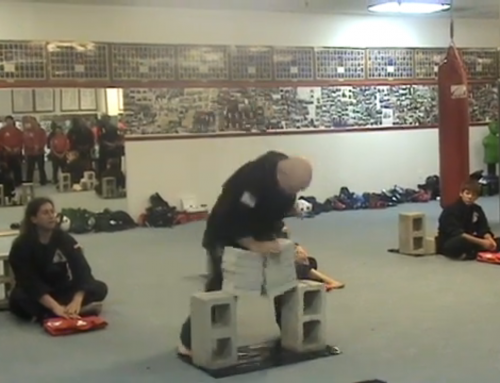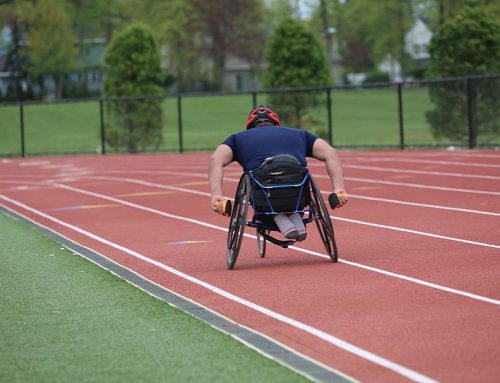I flew to a strange airport yesterday. I know, I know, what’s the big deal, right? Well, this time I was at the controls. I’ve been taking flying lessons since January and this was my first foray away from my home airport. I actually went to two different airports, both of them uncontrolled, meaning they didn’t have a control tower.
My home airport has a 5,000’ runway that is 150’ wide, our first stop was at French Valley which has a 6,000’ long, 75’ wide runway, and our final stop was at Fallbrook Airpark (pictured above) which is only 2,160’ long and 60’ wide. Flying into these two airports brought to mind a great leadership lesson in being accountable to your standards even when your customer isn’t expecting it.
This lesson occurred long before I knew I was flying to either of these locations. All during training, my instructor was constantly on me if I didn’t land on the centerline. The Cessna 172 I trained in has a 36’ wingspan. That’s only 25% of the width of the 150-foot wide runway where I train. I could land 30’ to one side or the other and still have plenty of runway. You see it all the time on airports with wide runways, there’s plenty of margin for error so what’s the big deal? Landing on the centerline is challenging. Winds don’t always come straight down the runway, if they are off to one side then it will blow your aircraft off to one side. However, with over twice the aircraft width on either side, what’s the big deal? Well, my instructor kept repeating, if you can consistently land right of the center line, you can consistently land on the centerline AND that precision will be critical when landing on a smaller runway.
He couldn’t have been more right. Lining up for the final approach at both locations it became abundantly clear that there was little if any margin for error. Fortunately, my lessons and instructor’s insistence on a high standard paid off with smooth, on centerline, touchdowns.
This same scenario happens in business. You have a standard for service delivery that is higher than your customer’s standards. Let’s say they are willing to accept a 10 business-day delivery but your standard is 5 business days. You know there is plenty of margin for error. If something goes wrong that might delay service delivery, do you push yourself to meet your higher standard or let it slip and accept 7 business days? I mean you’re still exceeding the customer’s expectations, right?
The problem is the next customer, who may want or need the 5 business-days delivery. When you push yourself to hold to your standards in the face of adversity, even when the customer may not want it, your team learns that “landing on centerline is important” and therefore they develop the skill to respond to unusual situations that may impact your ability to meet your own standard. If you let them off the hook for the customer who is OK with a longer delivery, they’ll use the same excuse when there is a problem with a customer who needs the 5-day delivery. In either case, you’ve created a precedent. Which precedent do you want to set?
Remember, the next time you want to let your standards slip hold yourself and your team accountable to your own standards. Land on the centerline no matter how wide your runway may be.

